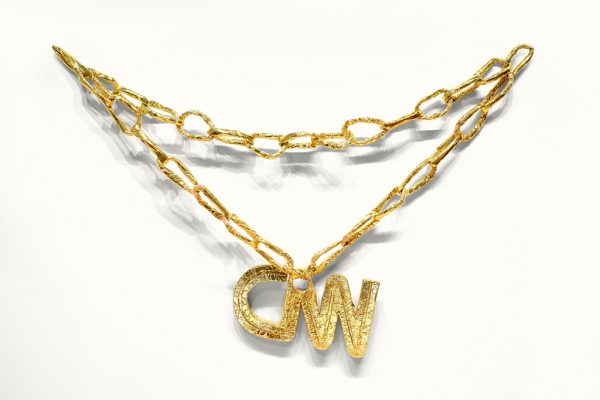Inscrutable Objects

in-ˈskrü-tə-bəl (adjective): not readily investigated, interpreted or understood.
This installation brings together sculptures, drawings and photographs that might be hard for most of us to comprehend. They challenge convention and encourage close viewing. Reminiscent of an ancient and official text, Ion Bitzan’s Old Document of Ownership is comprised of a vaguely recognizable but invented and indecipherable language. Photographs by Brittany Nelson and Letha Wilson employ experimental techniques to challenge our assumptions of photography. Wilson uses materials such as concrete, which oozes out of the photograph in Tent Rocks, to create unconventional landscapes. Nelson’s photographs use digital and analog processes without a camera to make holographic, geometric shapes.

The works in this exhibition may appear inexplicable, impenetrable or even paradoxical in nature. When we spend time with each work of art, our eyes start to make sense of them. But we still feel compelled to reflect on our own perception and understanding of the art before us.
Marshall N. Price, Chief Curator and Nancy A. Nasher and David J. Haemisegger Curator of Modern and Contemporary Art
Artists often imbue their works with paradox. Christian Marclay’s Breathless III, a recorder, and Secret, a record, are found objects modified by the artist so that they no longer function. No one can play music on these objects because of Marclay’s simple but irreversible modifications. Colin Quashie and Sanford Biggers also use found objects, combining them with absurdist humor to raise serious questions of identity and history. These inscrutable objects are filled with subtle social commentary to question how we perceive the world around us.
